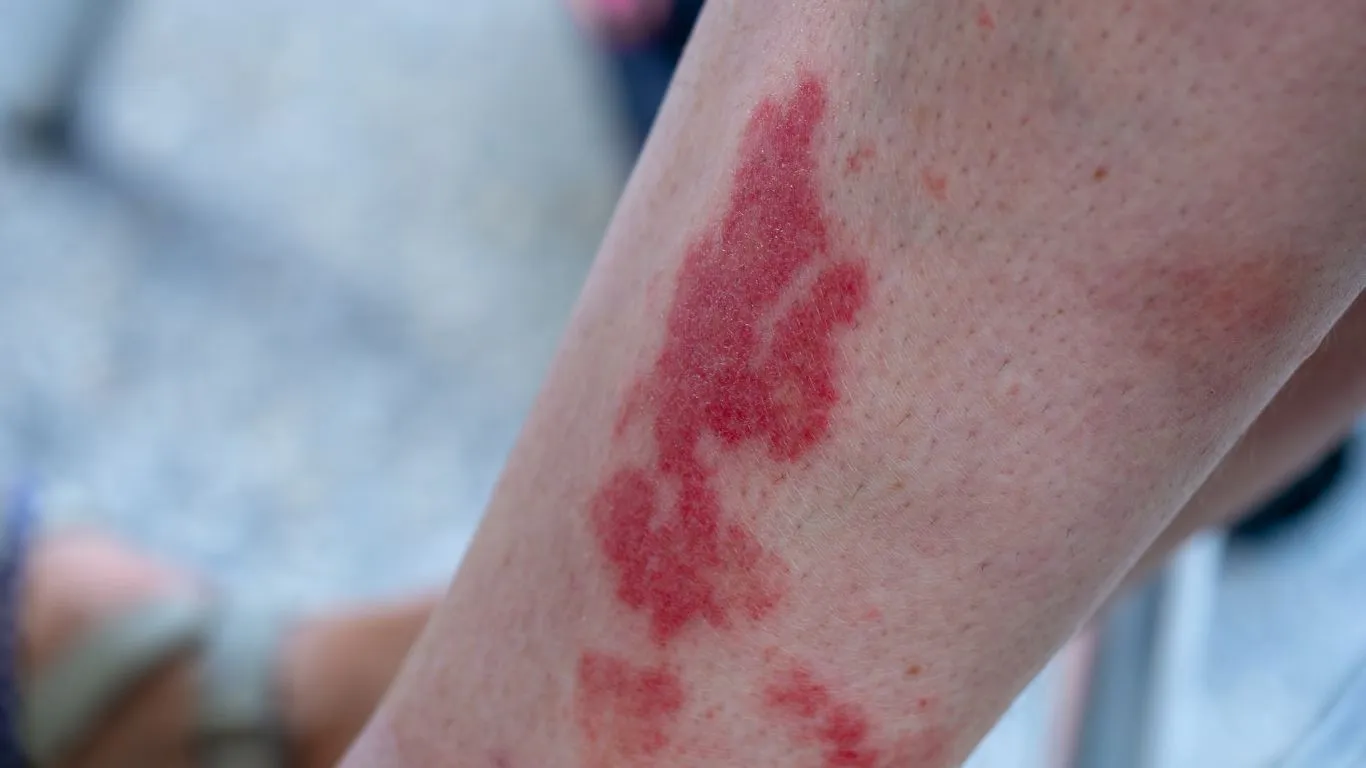
07 Sep Treatment of vascular inflammation in the legs
Vascular inflammation can occur in various parts of the body, such as the blood vessels in the legs, leading to weakening and narrowing of the blood vessels. This can result in reduced blood circulation in the legs or even complete blockage of some blood vessels. Typically, vascular inflammation in the legs is caused by a health condition or genetic issue, necessitating treatment. Dr. Amir Malkawi, a vascular surgery consultant, outlines the treatment methods for vascular inflammation in the legs in this article.
Treatment of vascular inflammation in the legs
Treatment of vascular inflammation in the legs includes several therapeutic options as explained by Dr. Amir Malkawi:
Medication-based treatment for vascular inflammation in the legs
Medications help alleviate inflammation and thereby reduce damage to blood vessels. Mild cases may be managed with over-the-counter pain relievers and anti-inflammatory medications. In more severe cases, treatment may involve the following medications:
Corticosteroids
Such as Prednisolone or Methylprednisolone, commonly used to control inflammation and prevent health complications. Careful use is advised under the physician’s prescription to avoid side effects.
Non-steroidal anti-inflammatory drugs (NSAIDs)
Like Ibuprofen, which help relieve pain and inflammation in leg blood vessels, contributing to disease management.
Treatment of vascular inflammation by immune system suppression
Immunosuppressive drugs are employed if previous medications fail to control the disease progression. These drugs aim to halt the immune system’s attack on blood vessels in the legs, thereby reducing inflammation. Examples of immunosuppressive drugs used in treating vascular inflammation in the legs include:
- Cyclophosphamide
- Rituximab
- Methotrexate
- Azathioprine
- Tocilizumab
- Leflunomide
- Tumor necrosis factor (TNF) inhibitors such as Infliximab or Adalimumab
Treatment of vascular inflammation using plasma exchange
Plasmapheresis aims to replace the patient’s plasma, rich in antibodies, with healthy plasma through a technique similar to kidney dialysis. This procedure is typically reserved for severe cases of vascular inflammation.
Read More: What is an Arteriovenous Fistula (AV Fistula)?
Surgical treatment of vascular inflammation
The type of surgery performed varies depending on the patient’s condition and the goal of the procedure. Surgery is often considered for treating vascular inflammation in the legs in the following cases:
- When inflammation causes significant damage to the blood vessels.
- In cases where a blockage in a blood vessel leads to poor blood circulation to parts of the leg.
- When another vascular problem develops due to weakness, such as aneurysms or vasculitis.
Frequently Asked Questions
Can vascular inflammation in the legs be cured?
Many cases of vascular inflammation in the legs don’t fully resolve, but individuals can enjoy long periods of symptom remission. This often happens when they follow their doctor’s instructions and treatment plan.
Can vascular inflammation in the legs be prevented?
Preventing vascular inflammation is generally not possible. This is because the primary causes remain largely unknown, and the immune response that leads to vascular damage isn’t well understood.
Should I continue seeing a doctor even after symptoms of vascular inflammation in the legs have subsided?
Yes, regular medical check-ups are necessary even in mild cases of vascular inflammation in the legs or during periods of disease remission to prevent potential health complications and to monitor the treatment plan regularly.
My Experience with Vasculitis Treatment
Patient S.A. was one of the attendees at Dr. Amir Malkawi’s clinic, presenting with symptoms of vasculitis in the legs. He had previously received a diagnosis for this condition and continued to experience symptoms and other health issues despite using corticosteroids and anti-inflammatory medications over a long period. After evaluating his condition, Dr. Amir Malkawi found blockage in the veins due to inflammation, which required surgical intervention. After the surgery, the patient observed an improvement in his condition and experienced relief from his symptoms.
References:
[1] – https://www.verywellhealth.com/vasculitis-overview-190542
[2] – https://privatelondonrheumatologist.com/what-is-vasculitis-of-the-legs/
[3] – https://www.nhlbi.nih.gov/health/vasculitis/treatment
[4] –https://www.mayoclinic.org/diseases-conditions/vasculitis/diagnosis-treatment/drc-20363485
[5] – https://www.medicalnewstoday.com/articles/189281
[6] – https://my.clevelandclinic.org/health/diseases/12101-vasculitis
[7] – https://www.uofmhealth.org/conditions-treatments/rheumatology/vasculitis-treatments
[8] – https://www.uofmhealth.org/conditions-treatments/rheumatology/vasculitis-treatments

